UZO
UNIVERSITY OF ZIELONA GÓRA
OBSERVATORY
UZO is an astronomical observatory that is being dynamically developed by the Institute of Astronomy named after Professor Janusz Gil at the University of Zielona Góra in Poland.
What We Do
Latest Observations
Falcon
Członu rakiety Falcon 9 R/B (Rocket Body) o numerze NORAD ID 62260 wystrzelony 5 grudnia 2024 roku ze Wschodniego Poligonu Sił Powietrznych USA (AFETR). Ten i jemu podobne obiekty tworzą zagrożenie dla innych instrumentów pracujących na orbicie, dlatego tak ważna jest kontrola ich trajektorii i tworzenie baz danych takich obiektów. Nasze obserwacje dostarczają takie dane między innymi dla Europejskiej Agencji Kosmicznej (ESA).
ISS
Międzynarodowa Stacja Kosmiczna (ISS) to unikalne, międzynarodowe laboratorium naukowe krążące wokół Ziemi, wykorzystywane do prowadzenia badań w warunkach mikrograwitacji. Tak wygląda obserwowana przez UZO. Dbanie o bezpieczeństwo stacji kosmicznej, zapobieganie zderzeniom ze śmieciami kosmicznymi i identyfikacja obiektów mogących zagrażać stacji to jedne z najważniejszych zadań segmentu Programu Bezpieczeństwa Kosmicznego Europejskiej Agencji Kosmicznej. Jesteśmy jego częścią!
Aeolus
Aeolus nigdy nie został zaprojektowany do kontrolowanego ponownego wejścia na orbitę, ale ESA poszła o krok dalej podejmując próbę wspomaganego ponownego wejścia na orbitę - pierwszą tego rodzaju - aby uczynić procedurę jeszcze bezpieczniejszą. Nasz teleskop, przy współpracy z firmą Sybilla uczestniczył w obserwacjach ostatnich chwil misji, zbierając dane o parametrach wejścia instrumentu w atmosferę.
Specyfication
The Robotic Optical Telescope of the University of Zielona Góra (ROTUZ)
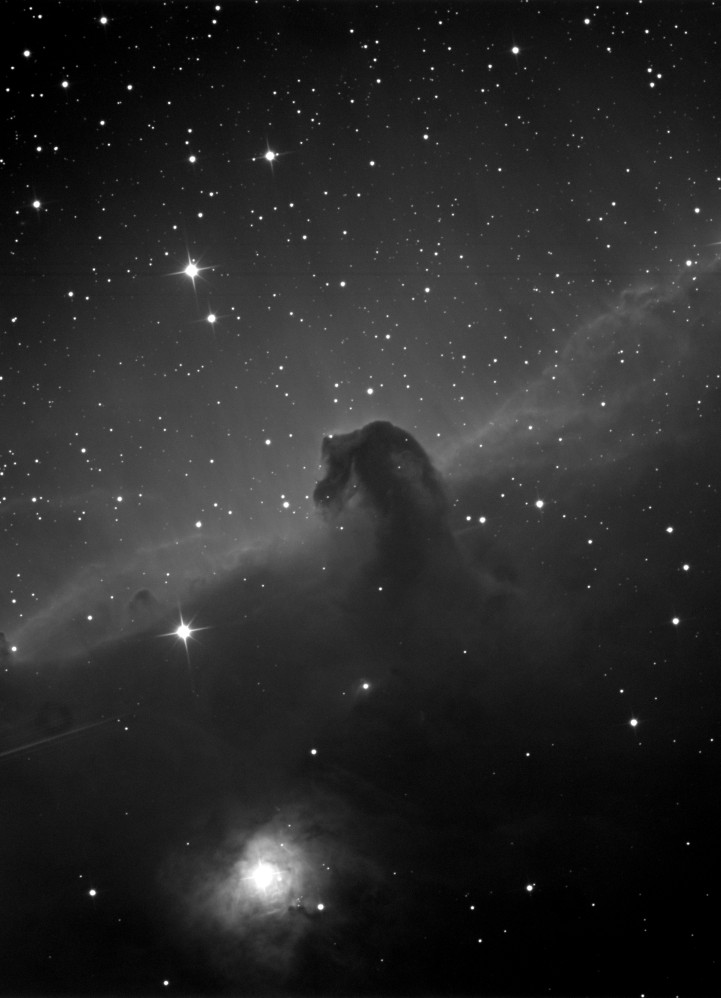
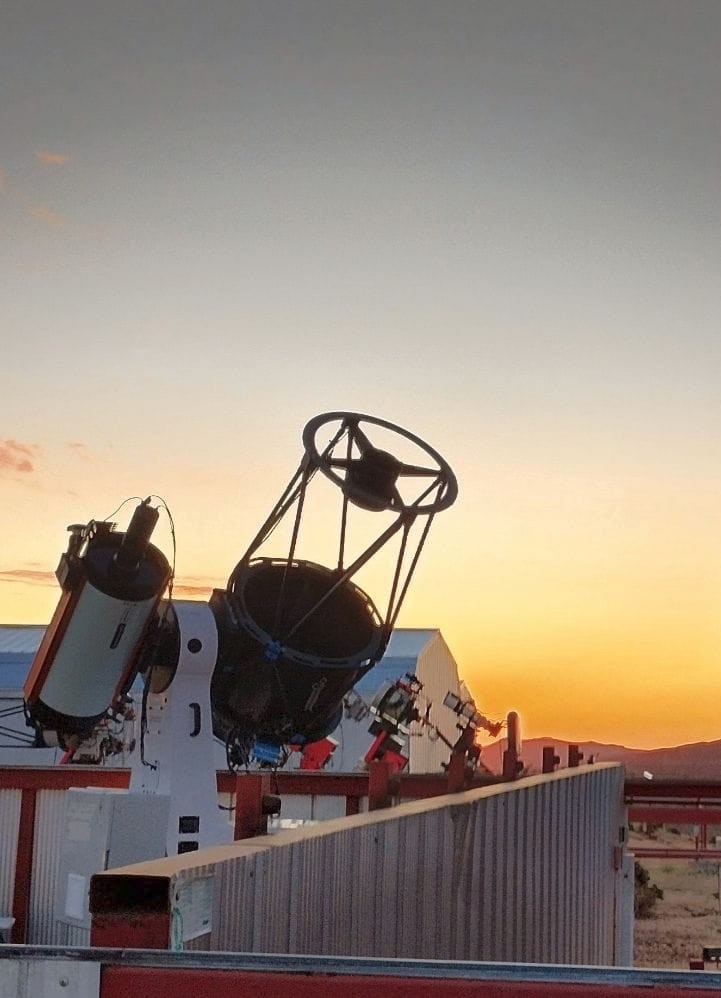
Telescopes
The telescope system consists of a main telescope with a 50 cm aperture and an f/6.8 focal ratio, using the "Corrected Dall-Kirkham" system by PlaneWave, and an auxiliary telescope with a 28 cm aperture and an f/2.2 focal ratio, using the "Rowe-Ackermann Schmidt Astrograph" (RASA) system by Celestron. Both telescopes are mounted on a PlaneWave L-500 Direct Drive azimuthal mount. The telescopes and the mount are high-end devices manufactured using the latest technology.
Camera
QHY268M Pro - a CMOS camera specially designed for scientific applications, offering advanced features and functions. It is equipped with a SONY IMX571 APS-C format CMOS sensor, with 26 megapixels, back-illuminated, and a native 16-bit ADC. The quantum efficiency (QE) is up to 91%, and the readout noise is as low as 1.1e. Despite the pixel size of 3.76 µm, it has a full well capacity of up to 75ke. The camera has extremely low thermal noise at 0.0005e/pixel/sec at -20°C and zero amplifier glow. It has a maximum frame rate of 6.8 FPS at full 16-bit resolution. (manufacturer's description).
Filters
BVR in Johnson-Cousins system, gri in Sloan system, Luminance filter
Location of Telescopes
Currently, the ROTUZ system is located at the Deep Sky Chile hosting site in the Rio Hurtado Valley at the southern edge of the Atacama Desert in Chile.
This location is one of the best in the world for several key reasons:
Atmospheric Clarity
The place is known for its extremely low humidity, which minimizes disturbances caused by water vapor. This clarity is essential for obtaining precise and accurate astronomical observations.
High Sky Transparency
The high transparency of the atmosphere in this region allows for the observation of faint and distant objects with exceptional precision. This makes it possible to conduct deep-sky observations that would be challenging in other locations.
Stable Atmospheric Conditions
The desert's stable atmospheric conditions, with minimal turbulence, enable the acquisition of very high-quality images. This stability is crucial for long-exposure astrophotography and detailed spectroscopic studies.
High Number of Clear Nights
On average, the location enjoys over 300 clear nights per year. This high frequency of clear skies maximizes the observation time available, allowing for extensive data collection and continuous monitoring of celestial events.
Minimal Light Pollution
The remote location ensures minimal light pollution, providing exceptionally dark skies. This darkness is crucial for observing faint astronomical objects and conducting sensitive measurements without interference from artificial lights.
High Altitude
The observatory is situated at an altitude of 1700 meters, which is above the inversion layer, ensuring clear skies. This altitude places the observatory above much of the atmospheric disturbance while still allowing for easy year-round access to the site. The elevation reduces atmospheric absorption and scattering, enhancing the clarity and quality of observations.
Due to these exceptional conditions, the Atacama Desert has become the location of many world-class astronomical observatories, such as the Very Large Telescope (VLT) and the Atacama Large Millimeter/submillimeter Array (ALMA). The conditions in the Atacama Desert allow for astronomical research at the highest global level, enabling the discovery of new cosmic mysteries.
Current view of the sky over the Chilean observatory
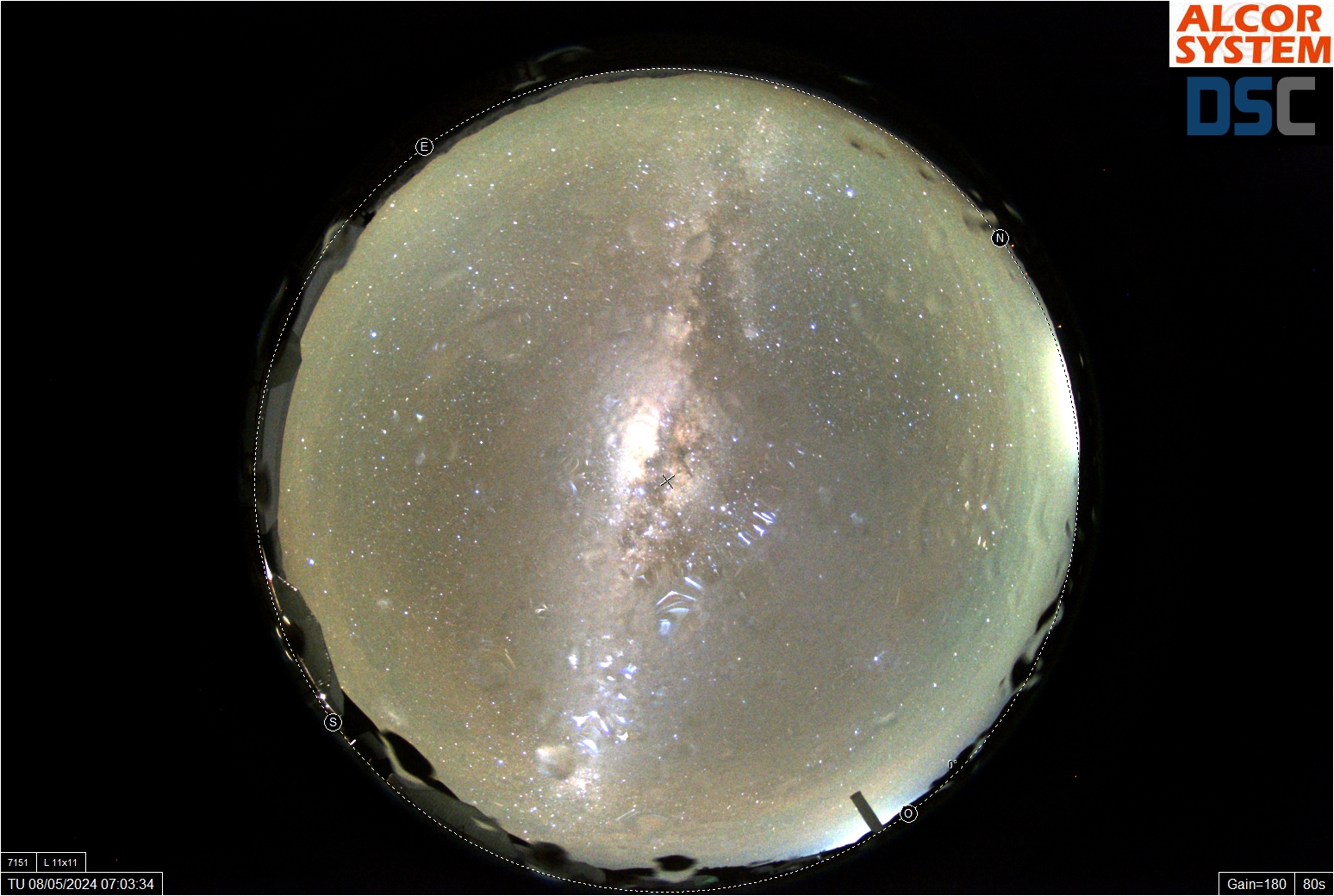
What We Do
Our Activities
Research
Education
Space Sector Cooperation
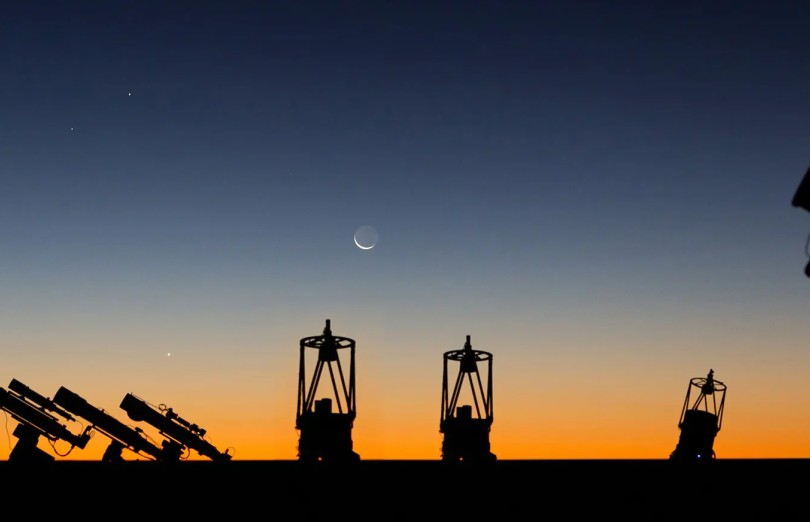
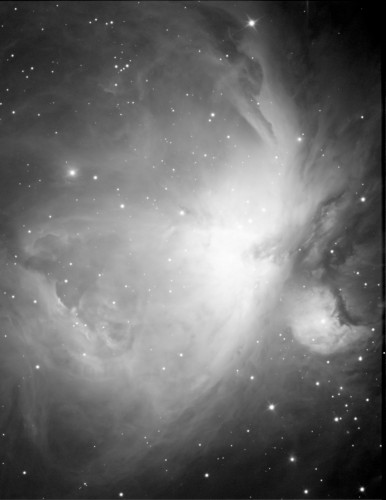
Grants
- Maintenance of Scientific Research Equipment
-
No. SPUB/SP/563402/2023, Funding 616.200,00 PLN. The SPUB grant (Utrzymanie aparatury naukowo-badawczej, stanowiska badawczego - Maintenance of Scientific Research Equipment) is a financial award provided by the Ministry of Science and Higher Education in Poland. It is designed to support the upkeep and maintenance costs of existing scientific research equipment used in academic institutions like the University of Zielona Góra. This grant plays a crucial role in ensuring that the scientific instruments, such as telescopes and cameras, remain operational and in optimal condition for conducting ongoing research activities. By covering maintenance expenses, the SPUB grant helps sustain the reliability and functionality of these essential tools, thereby supporting continuous scientific exploration and discovery.
- Regional Initiative of Excellence
-
No. RID/SP/0050/2024/1, Funding 13.100.637,20 PLN The RID grant (Regionalna Inicjatywa Doskonałości - Regional Initiative of Excellence) is a funding program administered by the Ministry of Science and Higher Education in Poland. It aims to support and enhance research excellence within academic institutions such as the University of Zielona Góra. The grant is typically awarded to interdisciplinary projects that demonstrate significant potential for advancing knowledge and innovation across various fields of study. Funding from the RID grant enables universities to invest in state-of-the-art equipment, infrastructure, and research personnel, fostering collaboration among different disciplines and promoting high-impact research outcomes. By promoting regional excellence in scientific and technological research, the RID grant contributes to Poland's broader goals of strengthening its research base and fostering competitiveness in the global academic landscape. Under the RID program, the project titled "Centers of Scientific and Technological Excellence at the University of Zielona Góra" (Centra Doskonałości Naukowej i Technologicznej Uniwersytetu Zielonogórskiego) has been jointly prepared by the Faculty of Physics and Astronomy and the Faculty of Mechanical Engineering. This extensive project is being carried out across four disciplines: automation, electronics, electrical engineering and space technologies; mechanical engineering; astronomy; and physical sciences. The RID grant has provided over 13 million PLN in funding, a portion of which has been allocated specifically to the Institute of Astronomy. The Institute has received approximately 1.5 million PLN for the acquisition of a 70 cm telescope. This substantial addition will enhance the observational capabilities of the institute, allowing for more advanced and precise astronomical research.
Gallery
-
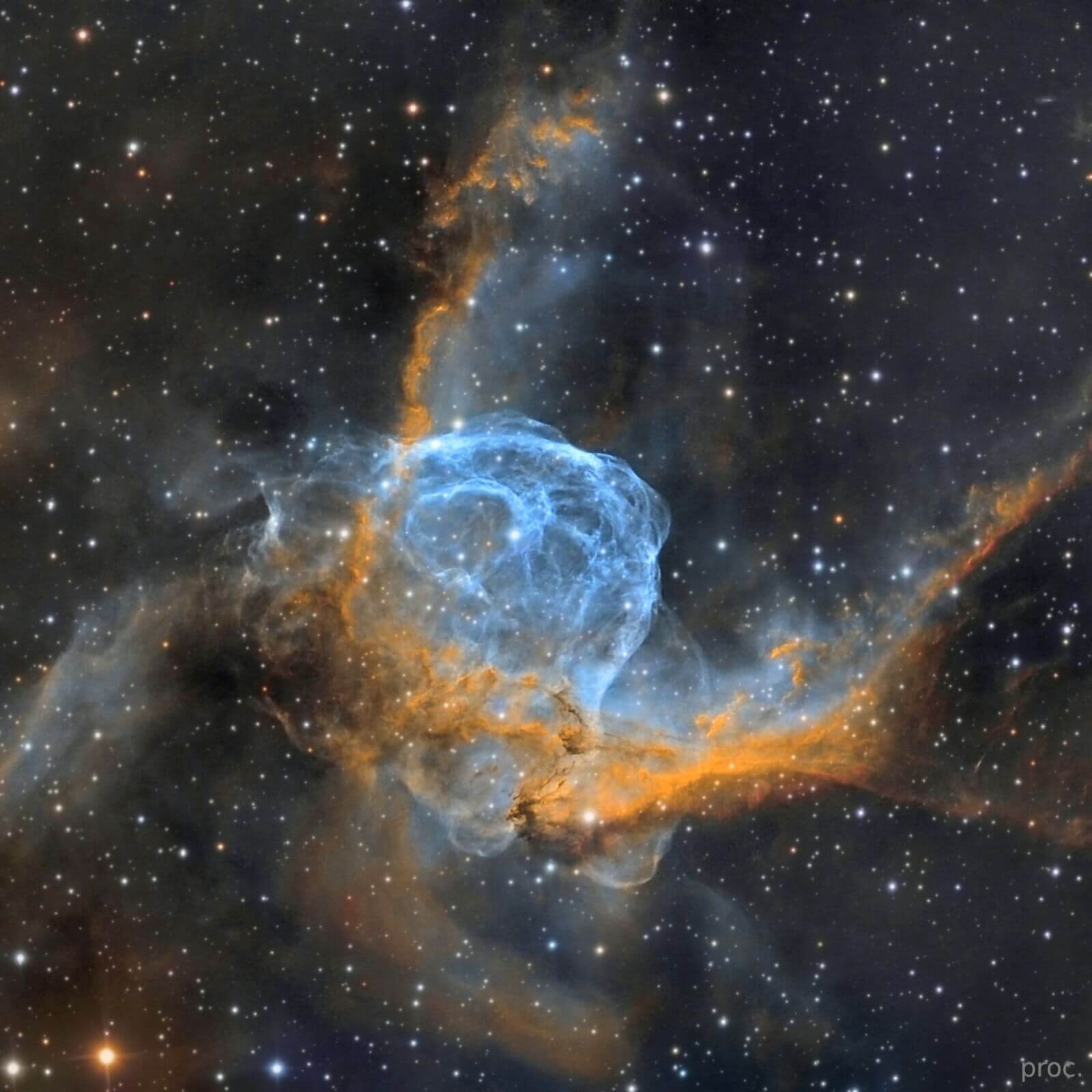
Emission nebula The Thor's Helmet, NGC 2359 - 30 x 180 sec. in L filter, 18 x 180 sec. in B filter, 16 x 180 sec. in V filter, 18 x 180 sec. in R filter
fot. by dr Michał Żejmo, proc. Sławek Hałka -
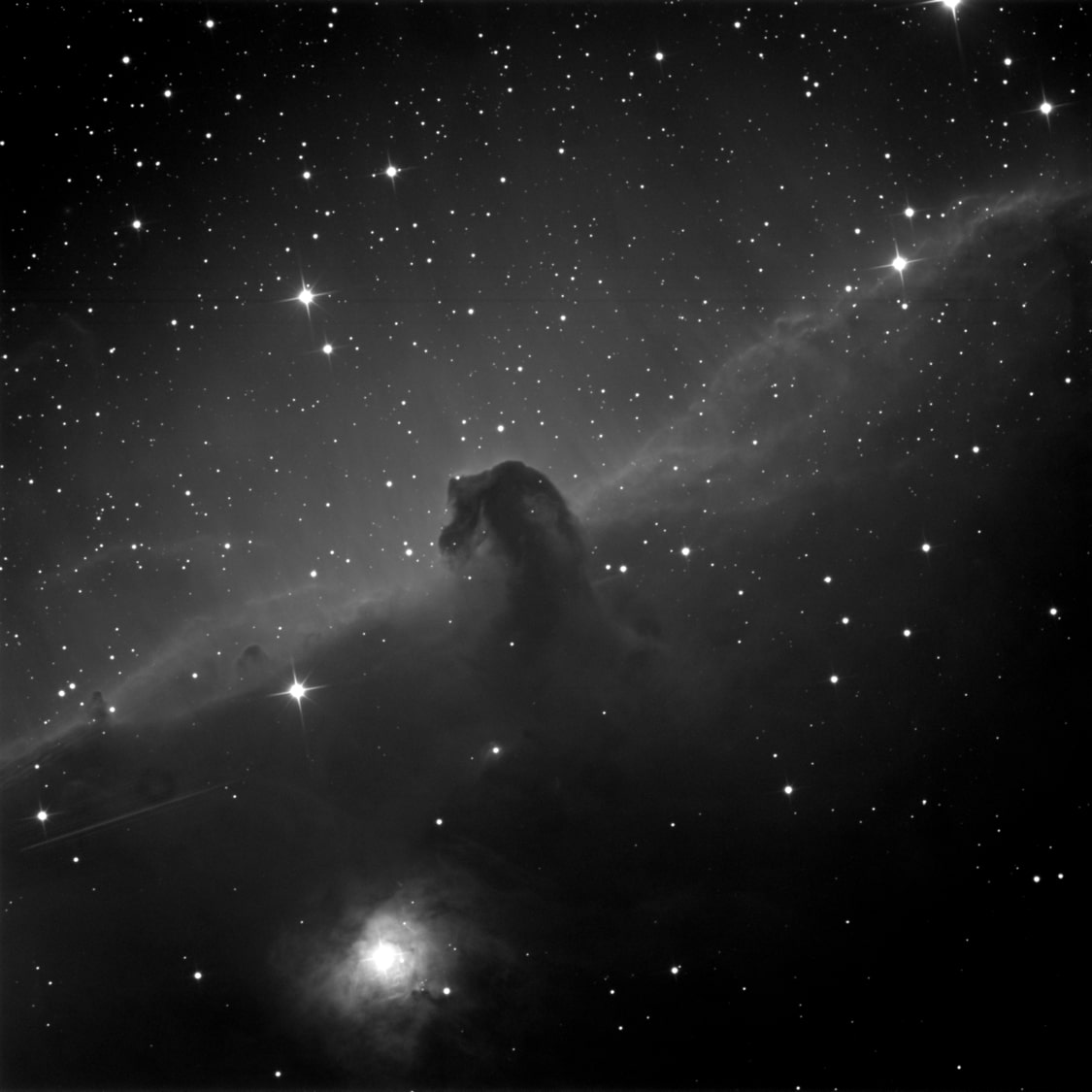
The Horsehead Nebula, Barnard 33 - 5 x 240 sec, L filter
fot. by dr Michał Żejmo -
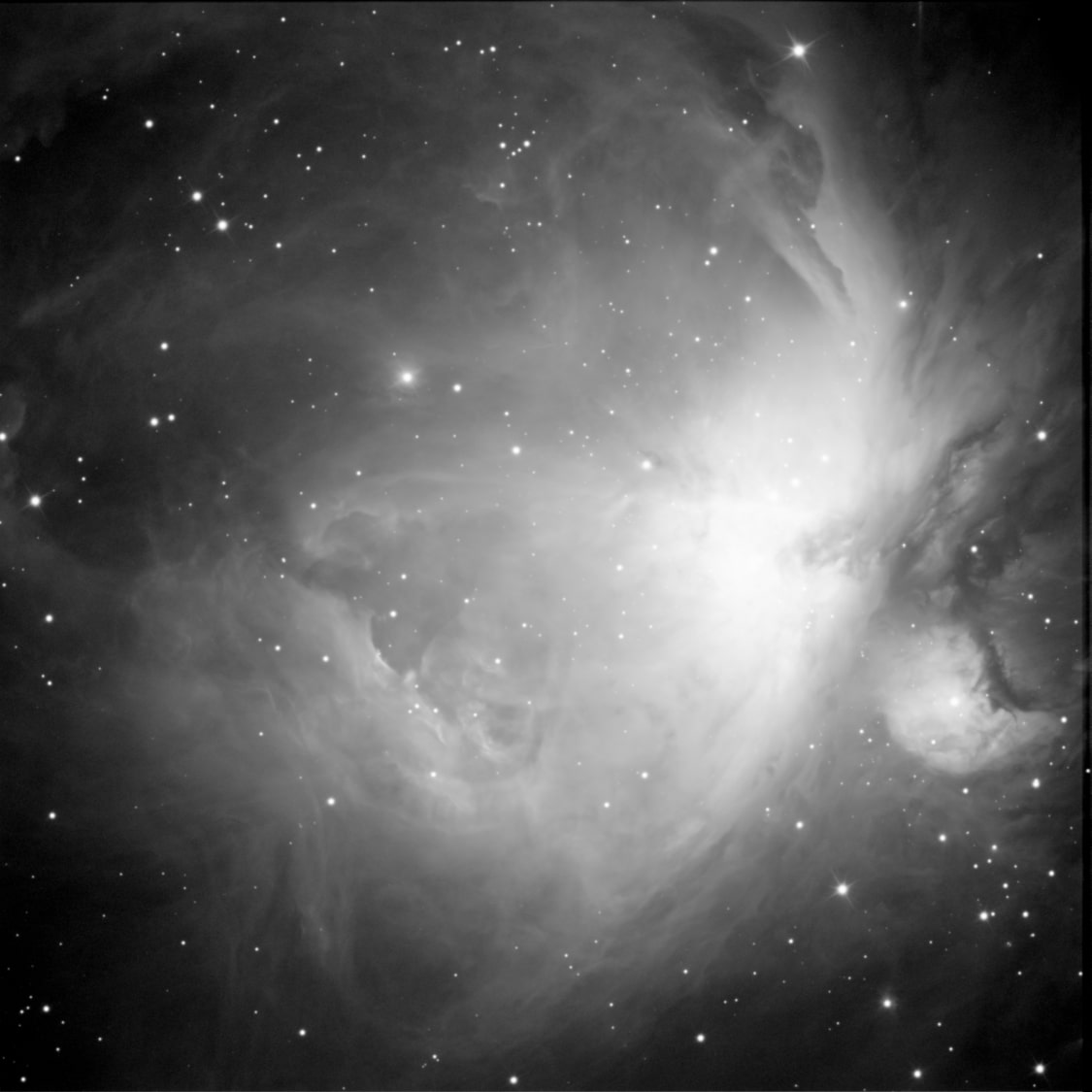
The Orion Nebula, M42, NGC 1976 - 20 x 60 sec. r-sloan filter
fot. by dr Michał Żejmo -
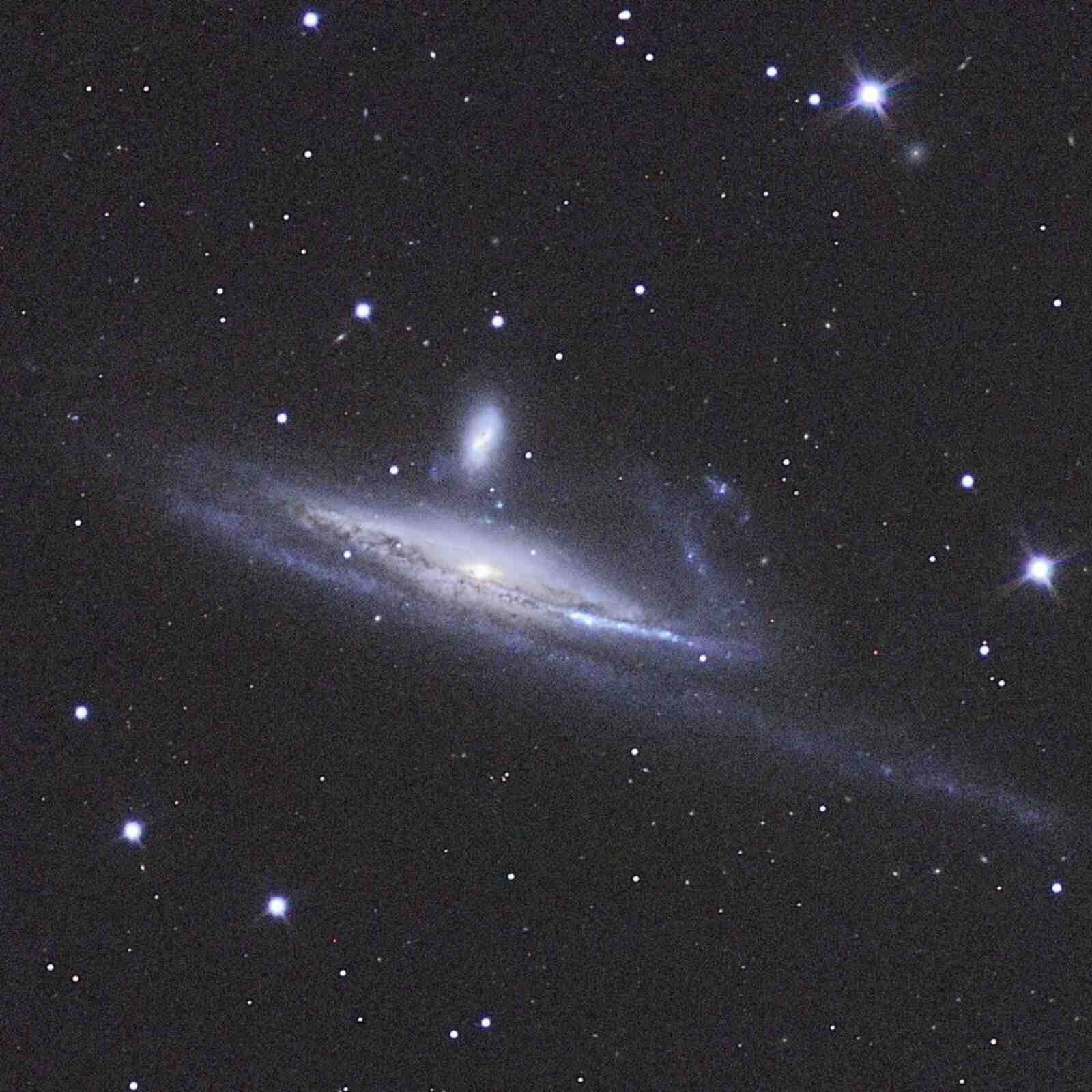
Edge-on barred spiral galaxy NGC 1532 - L + BVR
fot. by Tomasz Piwek -
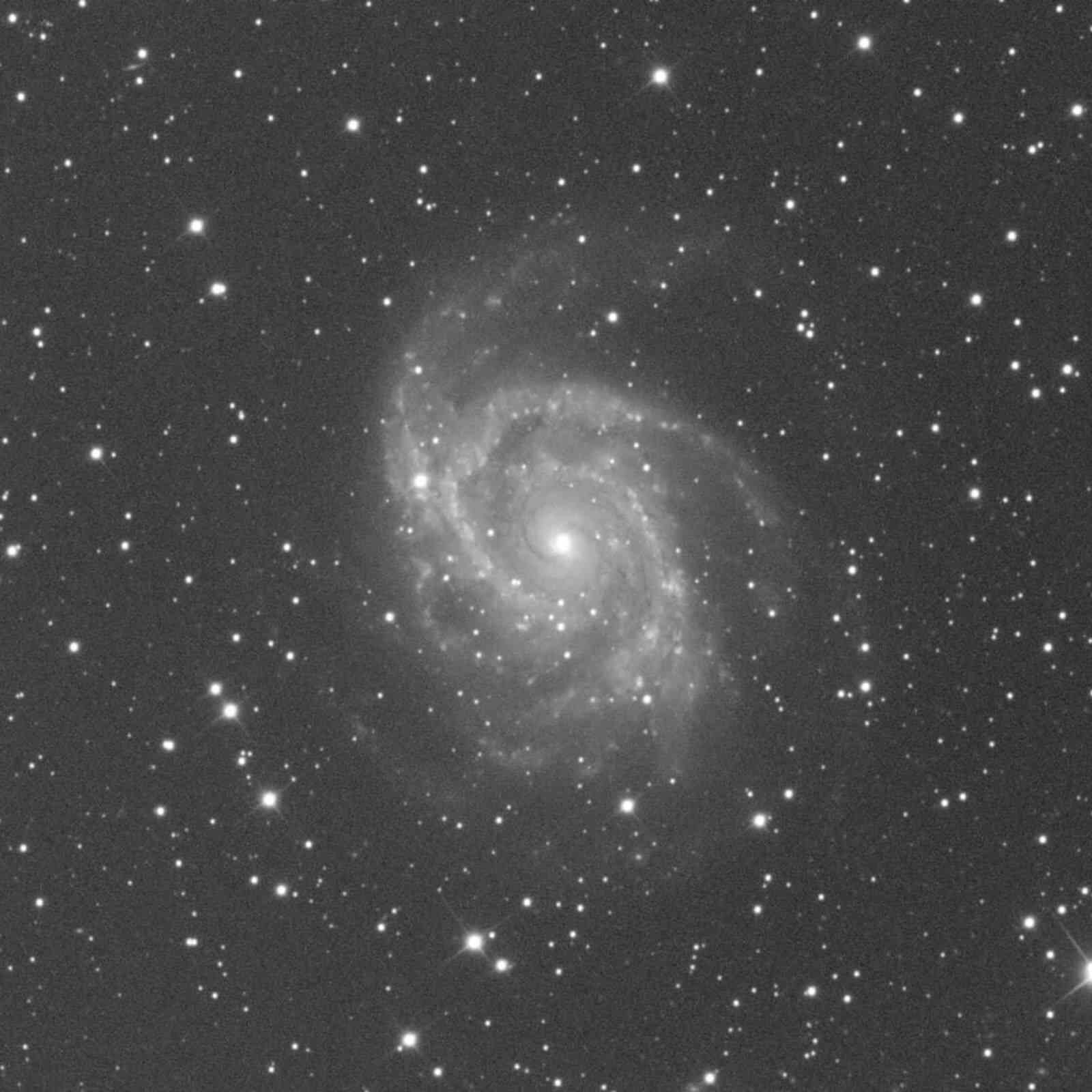
Face-on unbarred spiral galaxy NGC 2997 - 22 x 30 sec, L filter
fot. by dr Michał Żejmo -
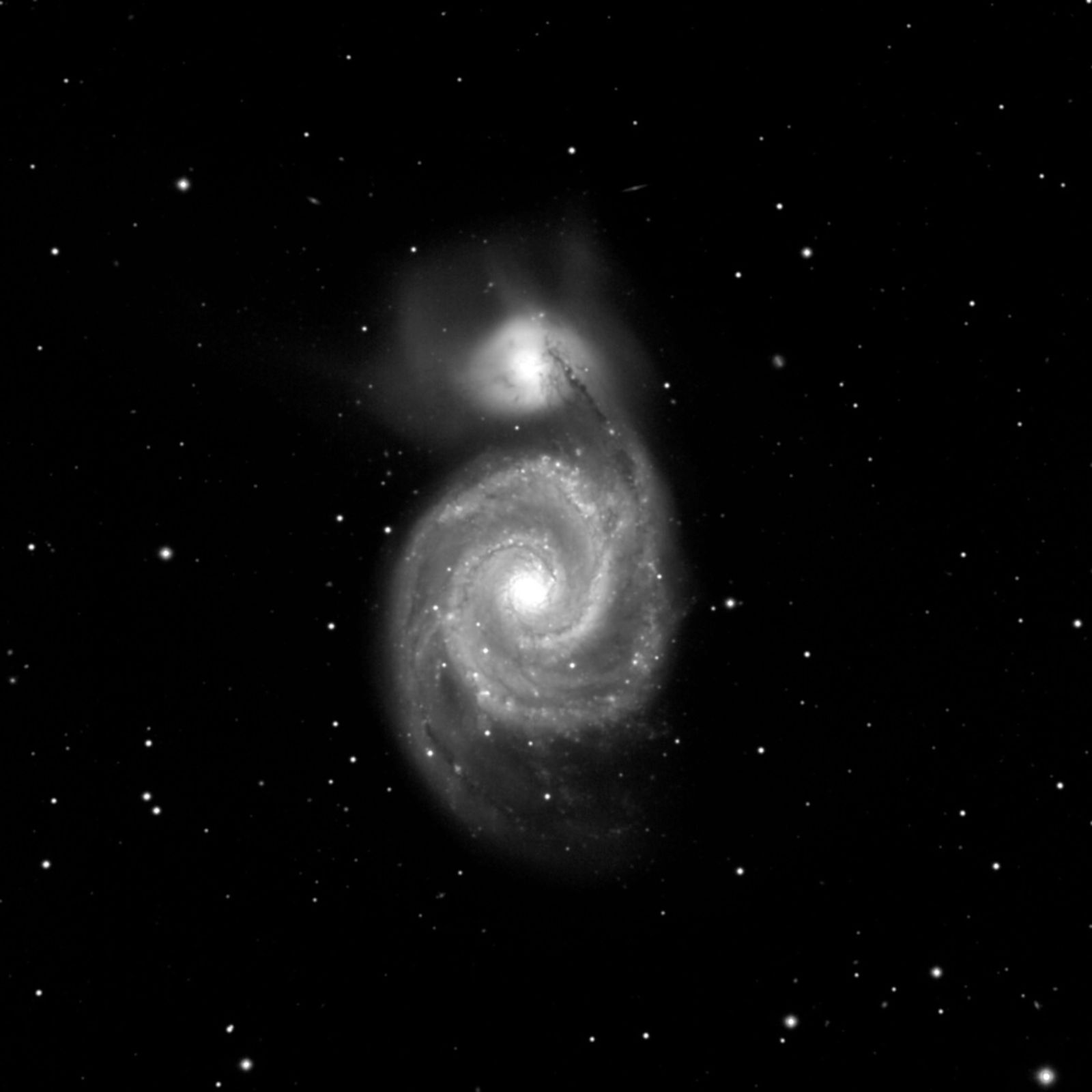
Interacting grand-design spiral galaxy M51, NGC 5194, Whirlpool Galaxy - 20 x 180 sec, R filter
fot. by dr Michał Żejmo -
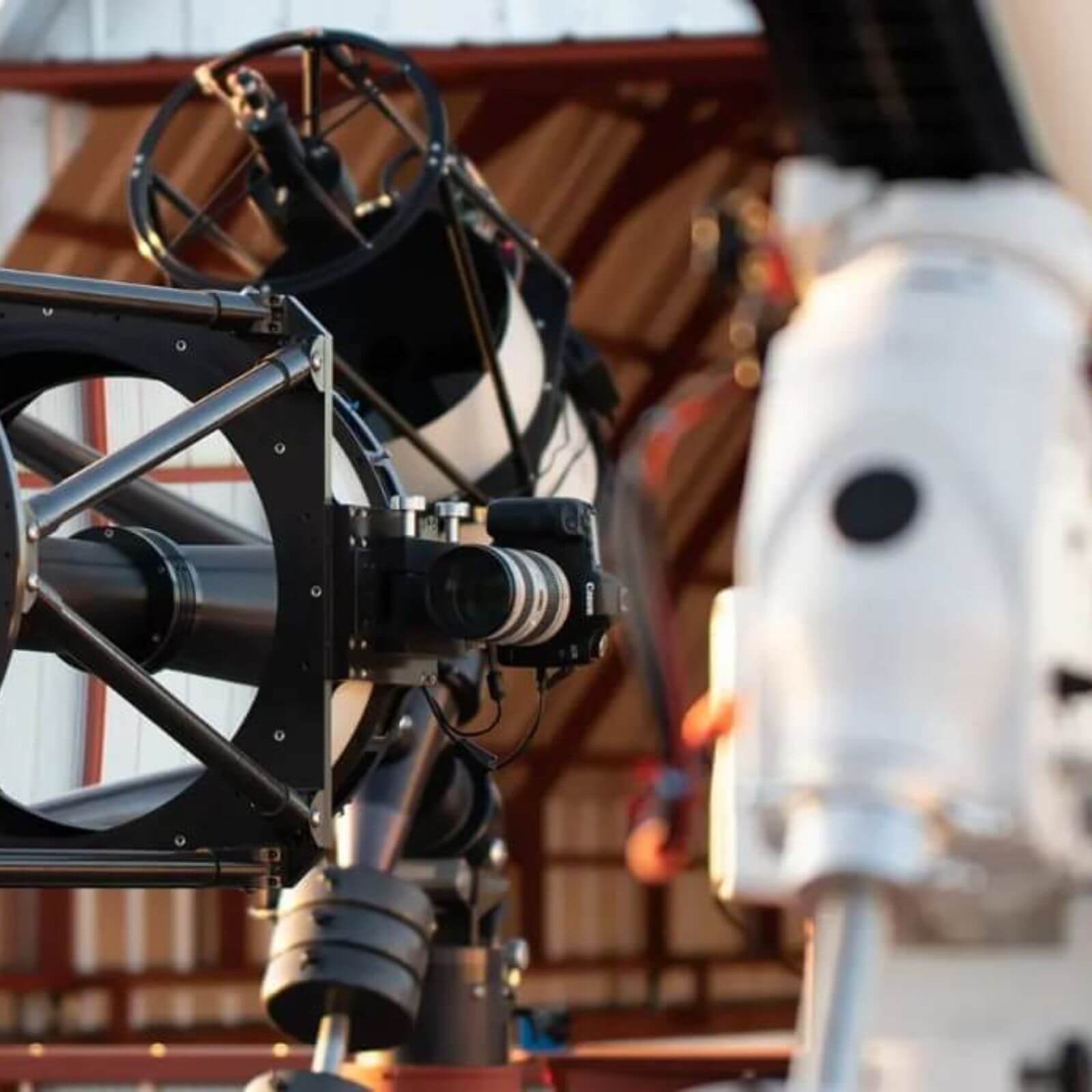
ROTUZ in Chile
Deep Sky Chile hosting site, Atacama desert -
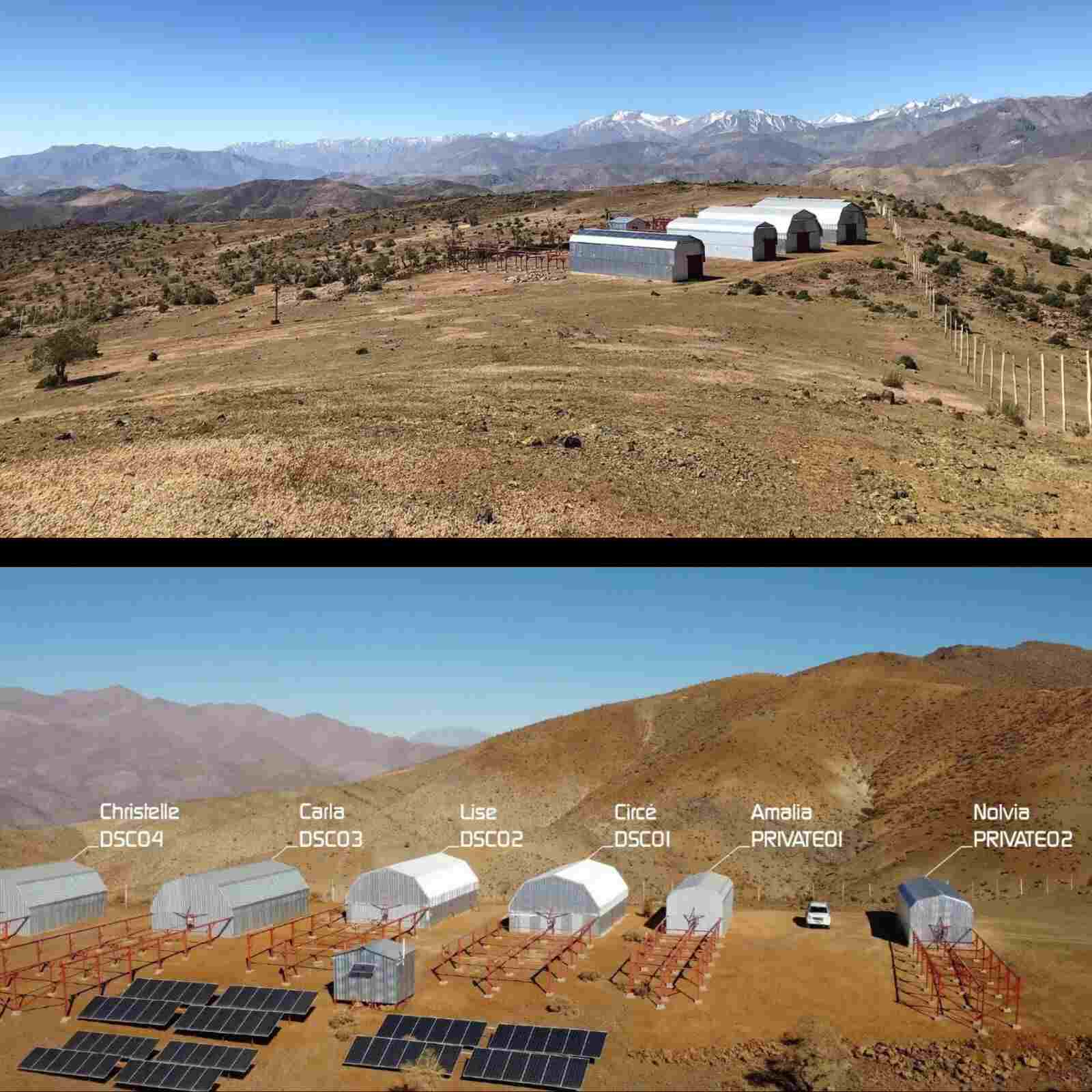
Deep Sky Chile hosting site
1700m above sea level 360° clear horizon -
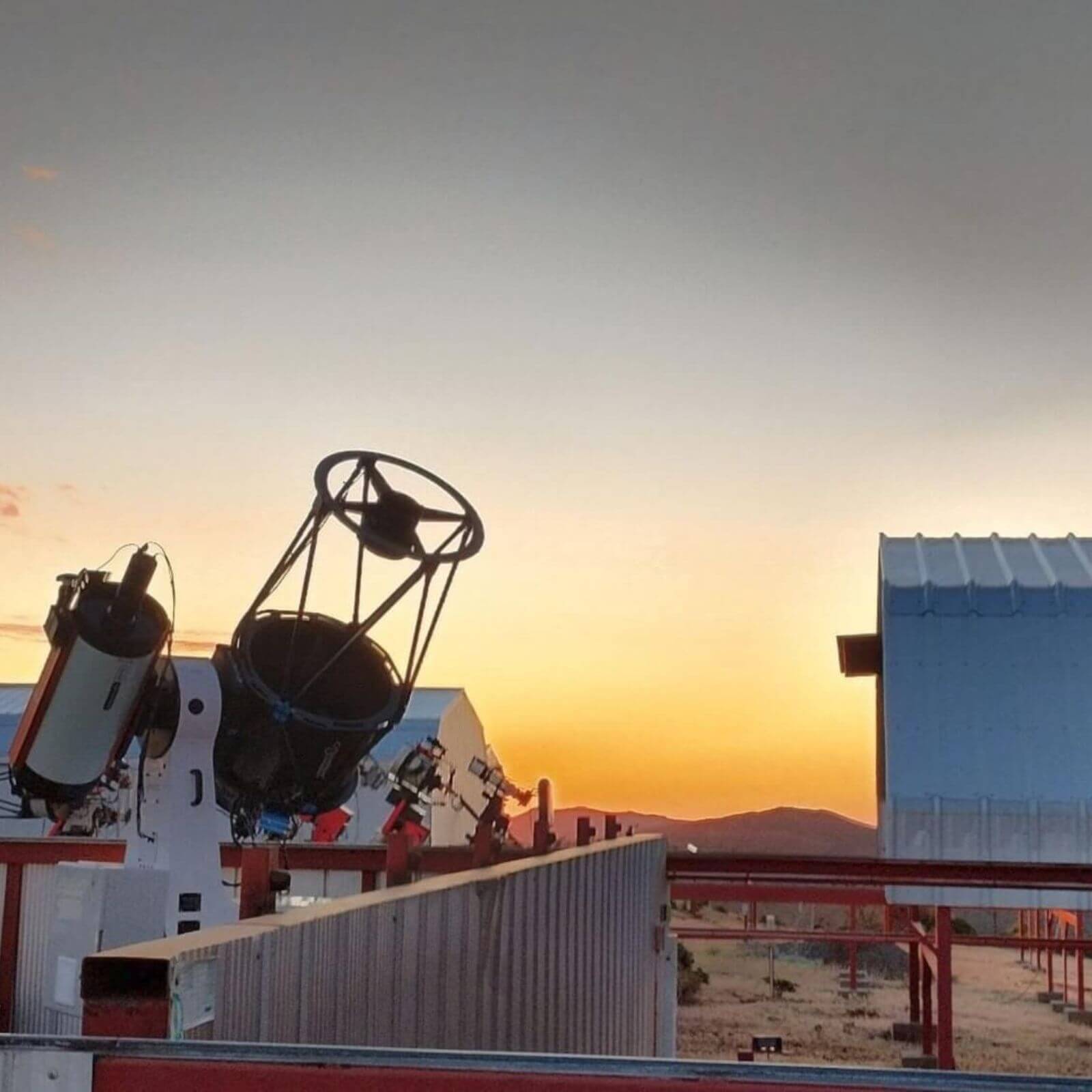
ROTUZ in Chile
Deep Sky Chile hosting site, Atacama desert
Contact Us
Let’s start the productive work.
Contact
Location
65-516 Zielona Góra